Got a grip on early childhood education finances already? This series explores the fees incurred for your children’s schooling. Welcome to Part 2 – about primary education costs in Malaysia.
They say primary education makes or breaks your children’s education pathway. In primary school, your child learns to develop and strengthen the essential basic skills to advance to secondary school.
This could be the most important stage in your child’s development. And it’s crucial that you understand the financial requirements for six years of education. Like pre-school or kindergarten, which we covered in Part 1, there are various options that you can choose from depending on your financial situation and budget.
As your children go through primary education, there will be numerous additional considerations that you have to take note of. Let’s get to it then!
Contents
#1. What Does Primary Education Involve?
If you learn about the ABCs and basic words in kindergarten, you will learn how to construct sentences and paragraphs that make sense together in primary school.
Primary school is the place where your children learn even more and strengthen their basics. In particular, he or she will learn the following core subjects:
- Language
- Mathematics
- Science
In the initial stages of Standard 1 to Standard 3, they will focus more on developing language and mathematical skills. From standard 4 onwards, they will take on more technical subjects like history, science and information technology.
There is also an important element here. While they learn to socialize and play in kindergarten, they will form stronger friendships in school which could last. Here is where they are exposed to social norms and etiquette and what is deemed acceptable and unacceptable.
Children at this age (7 to 12) have curious minds eager to pick up knowledge. Parents and teachers become more of a role model in what values, principles, and mindsets they should learn and adopt eventually.
#2. Government-run Primary Schools
The Malaysian government runs various options here that you can choose from. Most importantly, most of them are FREE! This is by far the preferred option with 2.8 million primary students enrolled in public primary schools as of 2022 according to data from the Ministry of Education.
A. Sekolah Kebangsaan
National primary school or Sekolah Kebangsaan (SK) is the most popular option among Malaysian parents. In 2022, 2.2 million students or 78% of the total primary students attended SK.
The primary language of teaching is Bahasa Malaysia and tuition is free. Because of the popularity, the trade-off here is that the class size in SK is high.
It could be up to 40 students per class. So, if you are looking for more personalised attention from the teachers, it could be hard.
B. Sekolah Jenis Kebangsaan (Mandarin or Tamil)
If you are opting to educate your children in the languages of Mandarin or Tamil, you can opt to send them to Sekolah Jenis Kebangsaan Cina (SJKC) or Tamil (SJKT).
SJKC and SJKT boast about 496k and 79k primary students respectively, and are the second and third most popular choices among Malaysians.
While SJK schools are popular, you would need to consider the trade-off that SJK students might need to attend a year-long transition class called Remove before Form 1 if they didn’t achieve satisfactory results in Bahasa Malaysia.
C. Government-aided Religious Schools (GARS)
For those that want to send their children to a religious-based education, you can consider going for government-aided religious schools or GARS in short.
They are established by the respective state governments in Malaysia, and are under the state religious authorities. Because they are separately managed, religious school enrollments only stand at 18,291 in 2022 (about 1% of total primary school enrollment),
D. Special Education School
For parents who have special needs children, there are special needs school managed by the Ministry of Education that you can consider. If your child is struggling with the national curriculum, he or she can opt for the Special Education Curriculum for Learning Disabilities.
The Ministry’s list of these schools can be found here.
It also offers the following special education programs:
- Special Recovery Program: To help primary school kids facing special problems in learning and mastering basic skills
- Inclusive Education Program: Educational program for special educational needs kids in government primary schools
- Integrated Special Education: Vocational programs to develop special educational needs kids.
#3. Private Primary Schools
This is where it could get quite expensive. It might cost an arm and a leg.
Even for this option, there are mainly two types of education here. You have the private school that does the government syllables and students sit for national exams. More common nowadays are those, which may or may not call themselves international schools, following an international curriculum such as IGCSE. This education pathway fetches a higher price in the market and is reserved for mainly the T20s. Maybe only the T5s.
In general, class sizes are smaller in private schools. And the attention that your child will get are more from the teachers.
If you opt for this option, be prepared to spend an average of RM26,000 to RM33,000 per year. The higher the primary school education level, the more expensive it will become.
#4. Tax Relief and Government Assistance
If you deposited money into the National Education Savings Scheme (SSPN), you are eligible to claim up to RM8,000. SSPN is an education fund managed by PTPTN and is meant to fund your children’s education in the future.
There is quite a lot of government assistance when it comes to primary school. Let’s consider the most important ones regarding tuition fees.
The Underprivileged Student Trust Fund (KWAPM) most recently renamed to Poor Students Trust Fund, helps families who are unable to send their children to primary school for whatever reasons. You can get up to RM150 per student from Standard 1 to Form 3 or get emergency cash funding of RM300 from Standard 1 to Form 5.
Yayasan Pelajaran Mara (YPM) provides a one-off tuition fee assistance of RM300 to low-income students in primary school.
If you are a Muslim, the Majlis Agama Wilayah Persekutuan helps asnaf (low-income families in essence) students in the Federal Territories to pay for tuition.
#5. Hidden Costs to Look Out For
There are quite a lot of hidden costs and you might need to incur them regularly.
Because it’s six years, uniforms, books, and stationery change hands constantly every year. Furthermore, the schools will also ask for donations for after-school activities and insurance for the students. You will need to pay for school van or bus services should you need them.
All of these are not included officially in the tuition fees. You will only know about them when your child enters the school.
There is no sure way of finding out the exact cost.
However, according to the Department of Statistics Malaysia (DOSM), children aged 1 to 14 spent about RM1,141 per month in total on transport (RM641), insurance & financial services (RM222), clothing & footwear (RM163), and education services (RM115).
#6. The Estimated Total Cost
So, how much in total?
You could be looking at RM82,152 to RM280,152 for 6 years
If you were to take RM1,141 as the hidden costs of your children’s primary education every month, this will translate to RM82,152 for 6 years. This applies whether you take the government or private option.
Hence, government option is the hidden cost of primary education at RM82,152, while the private option will cost you RM198,000 in tuition plus RM82,152 in hidden costs.
Conclusion
You have a lot of options when it come to primary education for your children. To each their own. You need to evaluate these factors to decide the best primary school pathway for your children.
How much will you probably be spending for your child and why?
You May Also Like
- Preparing Financially for Your Children’s Education – Part 1: Kindergarten Years
- 5 Steps to Prepare for Your Child’s Educational Future
- 4 Tips to Reduce Your Children’s Primary and Secondary Education Cost
- 5 Hidden Costs of Your Children’s Primary and Secondary Education
- 4 Considerations for Your Children’s Education

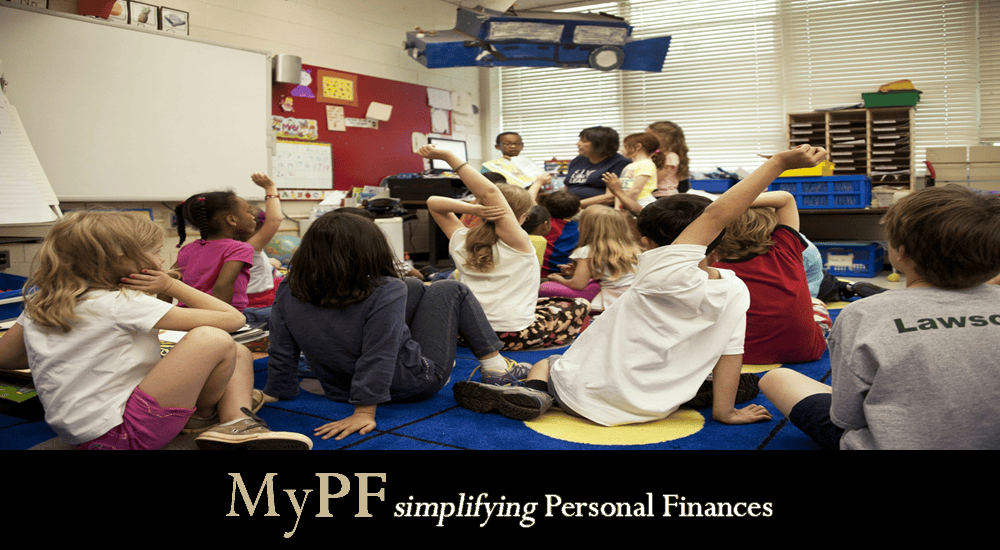
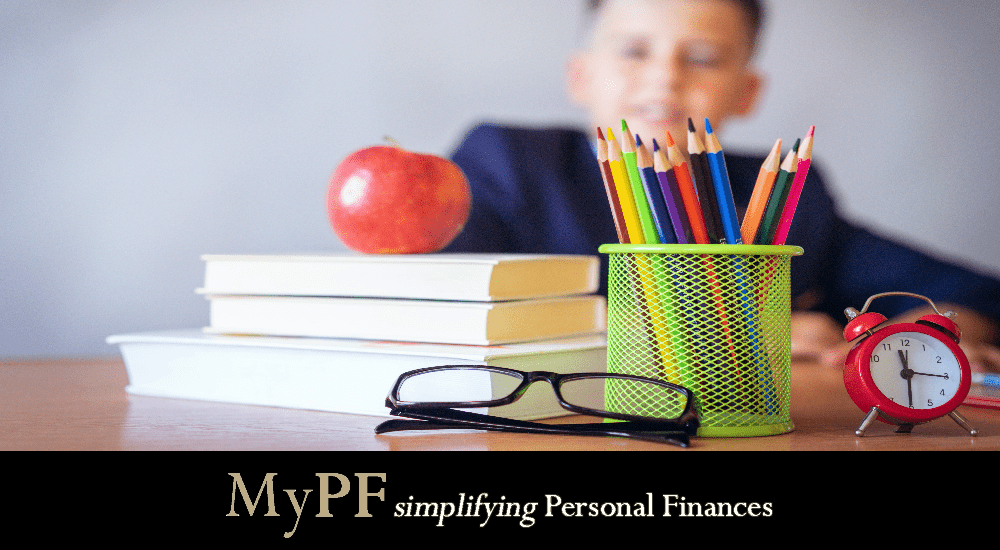


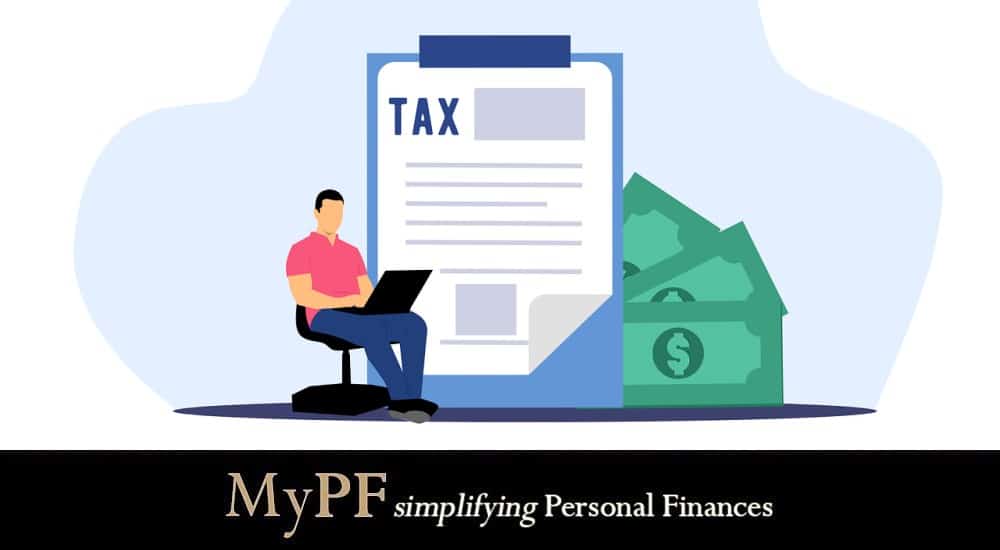
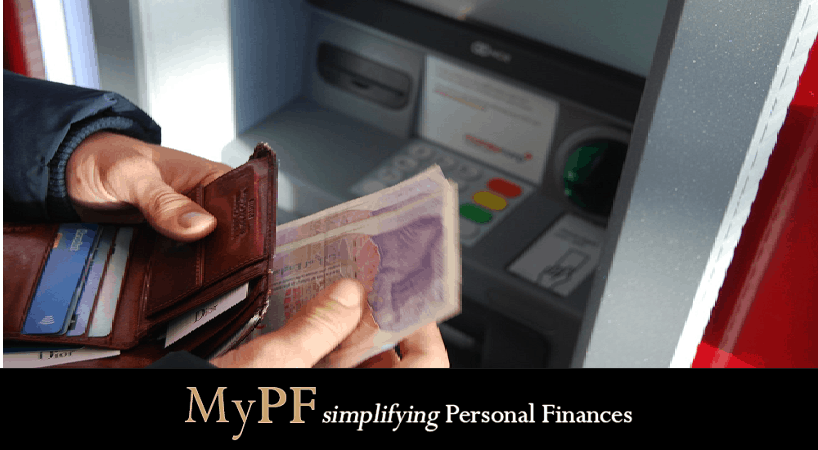
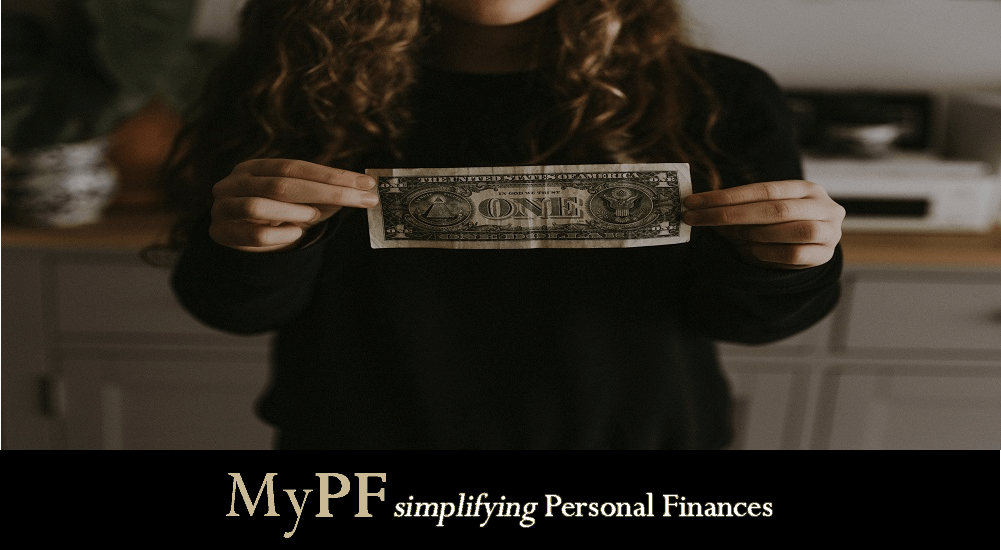
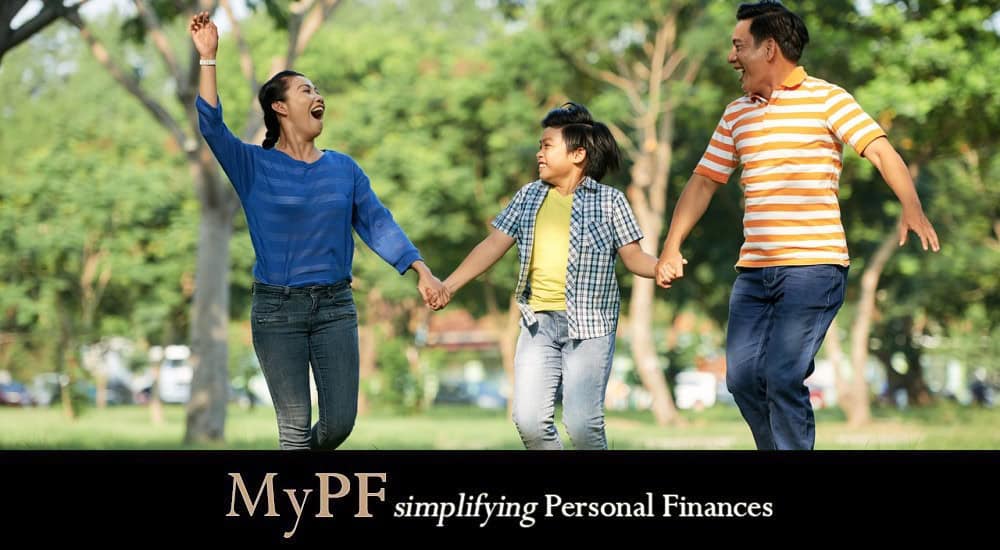


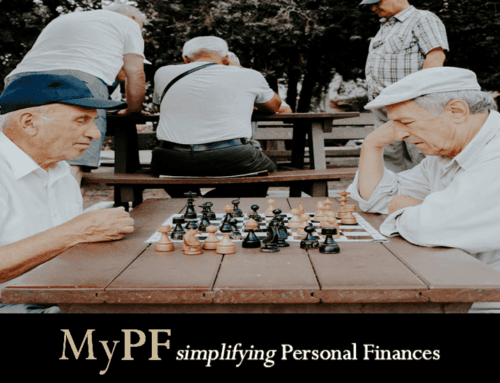
Leave A Comment